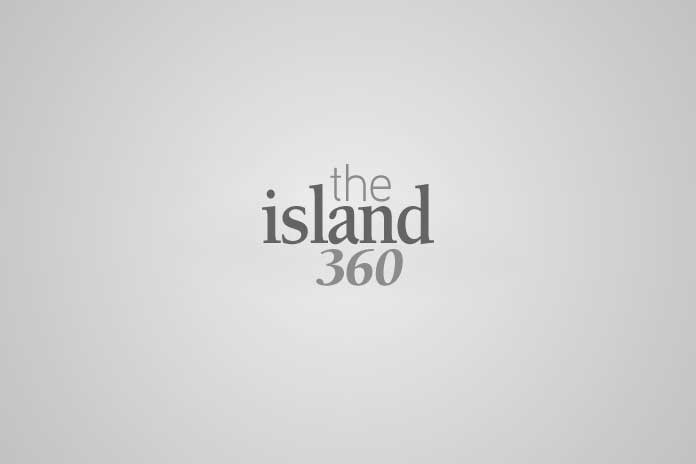
Nassau and Suffolk County taxpayers are sending far more money to Albany and Washington than gets returned to Long Island in the form of government spending – a combined deficit of more than $40 billion, according to a Long Island Regional Planning Council report released today.
The balance of payments study, commissioned by the LIRPC and conducted by PFM Group Consulting updates a 2013 report performed by the Long Island Association with fiscal year 2022 figures and found that:
- Long Island sent an approximately $68 billion to the federal government in the form of personal income, business, employment, estate, excise and gift taxes, while federal expenditures (excluding COVID payments) in Nassau and Suffolk were $42 billion – a deficit of nearly $26 billion;
- New York State received $24.6 billion in taxes and fees from Long Island while the region received $9.8 billion in expenditures – a deficit of $14.7 billion.
“As a high-wealth area, Long Island has long served as an economic engine both for New York State and the federal government,” noted John Cameron, LIRPC chairman. “This report should sound the alarm in Albany and Washington about the need for greater investment into Nassau and Suffolk if they want and expect the region to remain economically vibrant.”
The report noted that several changes in the New York tax code since the 2013 study have had a greater impact on wealthy counties such as Nassau and Suffolk than other areas of the state, and that while the 2017 federal tax changes lowered many rates, the $10,000 cap on state and local deductions remains detrimental for high tax areas such as Long Island.
“The Long Island Regional Planning Council has long recognized that the unsustainable tax burden is one of the most significant challenges facing our region,” Cameron said. “We will continue to advocate for greater investment from Albany and from Washington for Long Island’s infrastructure, transportation and sewer needs, along with high tech, STEM careers and local community development.”
Other findings include:
- Compared to 2013, revenues coming from Long Island to Albany increased by 40%, however, expenditures actually decreased by 10%;
- A $6.6 billion gap between revenues and New York State expenditures in 2013 more than doubled in 2022 – to $14.7 billion;
- Revenues from Long Island to the Federal government increased by 29% compared to 2013 while Federal expenditures (excluding COVID relief) increased by 75%;
- Median household incomes in Nassau and Suffolk counties were 161% higher than the New York State media; and 171% higher than the nationwide median;
On the federal level, expenditures include direct payments to individuals (such as Social Security, unemployment, federal pensions), grants (including Medicaid and SNAP), contracts and purchasing, and wages of federal employees. On the state level, expenditures include payment to vendors, Medicaid, wages of state employees, unemployment benefits and STAR rebates.
The full report can be found at https://lirpc.org/wp-content/uploads/2023/12/LIRPC-Balance-of-Payments-Report-12.5.23.pdf






